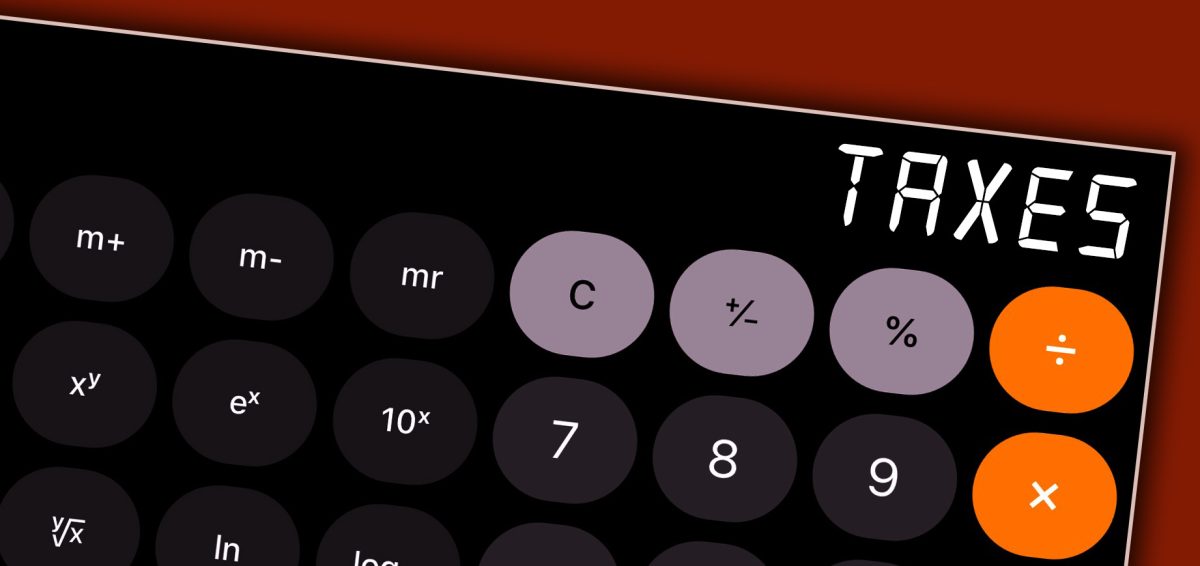The benevolent program—a spirited, “Welcome to America” refuge has reportedly been withdrawn under the Trump administration after the suspension of “Uniting for Ukraine” a program which allowed more than 200,000 Ukrainians to legally reside in the country.
The plan under then-president Joe Biden in April of 2022 offered safety to some of the thousands of Ukrainians fleeing the Russian advance.
Many Ukrainians have acquired state identification, Social Security numbers and work permits under the program.
Daily reports of detainment and deportation have many legal immigrants in U.S. anxious over the uncertainty and insecurity of what may happen.
During Trump’s first term, the government aggressively detained immigrants when they mandated the “Zero Tolerance“ policy in 2017—officially implemented in April 2018.
When Trump’s second term began in January 2025, he intensified immigration enforcement measures and directed the Guantanamo Migrant Operations Center—historically a place for terrorists—to detain up to 30,000 migrants. He also resumed family detention practices—paused by the Biden administration, where children and families were detained together in south Texas.
As reported by NPR in February “ICE has arrested scores of migrants in the U.S. who have no criminal records,’ but this is not a recent phenomenon as the New York Times reported in April 2018—parents who crossed the border without authorization were subjected to criminal prosecution, which in frequent cases led to separation from their children.
In addition to border enforcement, a Phoenix-based Ukrainian immigrant with legal status and an advocate for Ukraine citizens amidst the ongoing conflict with Russia—spoke with Northeast Valley News and raised concerns about increased immigrant surveillance.
“It’s really interesting to witness the policy [in effect] at the border where they check [immigrants] cell phones [and] social media,” the advocate said. “I wonder how this is affecting democracy and the freedom of speech.”
Latin-American immigrants have been a major target of these policy changes, with over 900,000 who had their legal status revoked if they entered the US on Biden-era CBP One app, but the Trump administration started pressing on Ukrainian immigrants in January 2025 by terminating Biden’s “Uniting for Ukraine” initiative which had granted temporary American legal status to 240,000 Ukrainian’s who’d fled the Russian invasion of their homeland.
Latin American immigrants continue to be the focus of many of these policies.
In early 2025, the Trump administration revoked legal protections for over 900,000 immigrants who had entered under Biden-era programs like CBP One and CHNV.
The full revocation process is unfolding over time—while not all 900,000 people lost status simultaneously.
The Ukrainian advocate described the constant fear of any non-citizen, “Every single migrant who doesn’t have citizenship…is really terrified at this point. People with green card status should not feel safe in this country because they may be up for questioning and deportation.”
This has caused widespread panic among Ukrainian migrants in the United States.
To add to their fear, Ukraine immigrants living legally in the U.S. under the Biden-era humanitarian parole program received a notice April 3 from the Department of Homeland Security telling them to leave the country—a message that prompted panic—and turned out to be erroneous.
“It is time for you to leave the United States,” the department wrote Thursday to some Ukrainians in a “notice of termination of parole,” which was obtained by CNN. It added that their parole will expire in seven days and issued a warning: “Do not attempt to remain in the United States — the federal government will find you.”
The Trump administration later said it accidentally told some Ukrainians refugees they needed to leave the U.S. immediately because their legal status was being revoked, telling CBS News the message was sent by mistake.
Still, the errors have reportedly continued.
On Wednesday, similar “time for you to leave” notices were sent to U.S. citizens
The emails telling people to leave the country by the Department of Homeland Security said in an emailed statement that U.S. Customs and Border Protection used each immigrant’s known email address to send such notifications.
“If a non-personal email—such as an American citizen contact—was provided by the alien, notices may have been sent to unintended recipients,” the statement reads. “CBP is monitoring communications and will address any issues on a case-by-case basis.”
In one reported case, an immigration attorney’s information was secured and the attorney, a U.S. citizen was notified that she must leave the U.S. or face consequences.
The attorney said she doesn’t have any clients who entered the U.S. under the Biden-era parole process. She said she represents unaccompanied children through the pro bono law firm, Public Counsel.
The Arizona Ukraine advocate told Northeast Valley News, “I don’t understand how it’s possible to send people back to the war zones.”
“Some people might have lost everything in Ukraine: their homes, their loved ones, their everything. Maybe they just started anew and fresh in America.”
On March 13, Moscow presented the U.S. with their statement that without Ukraine abiding by the terms set before them—a set of demands that have remained largely unchanged since the early stages of the conflict in 2022; rooted in Russia’s strategic goals of neutralizing Ukraine as a sovereign state capable of aligning with the West, securing territorial gains, and ensuring long-term control over Ukraine’s political future—there will be no peace.
Some accuse Trump of playing into Putin’s hand.
There is reportedly little indication the U.S. under the Trump administration has exerted any pressure on the Kremlin—or that the negotiations have identified what kinds of security guarantees would exist to ensure that Russia wouldn’t simply continue the war when it sees fit.
Plenty recall Trump’s early promise to broker peace between Russia and Ukraine in just 24 hours “and before I even become president,” a promise that proved to be untrue.
In fact, some analysis reports indicate that any diplomatic work on the part of the U.S. under the Trump administration to secure deals between Russian and Ukraine are not successful either because of the “administration’s lack of ‘concentration for a complicated negotiation’ a shortcoming that has dogged the Trump administration’s foreign policy through its first three months in office.”
On April 18, U.S. Secretary of State Marco Rubio reportedly issued a threat that the U.S. could simply “move on” from mediating the biggest military conflict in Europe since the Second World War.
On March 25 Black Sea ceasefire talks between Russia, Ukraine, and the U.S. were reportedly stalled due to Russia’s unmet demands for sanctions relief and mutual accusations of violations, with Russia continuing to demand peace in eastern Ukraine while still applying pressure on the front lines.
The White House initially sought a ceasefire to restore access to Black Sea shipping ports disrupted since the war began.
After securing tentative support from Ukrainian officials, U.S. negotiators met separately with Russia, which initially signaled an agreement to terms but then added new conditions, including demands for sanctions relief tied to agricultural trade.
“People don’t know what’s going on because it’s not on the news,” the Ukraine advocate said.
“So the work the press does is really important.”
On Wednesday, Trump and his top aides made demands that Ukraine accede to an American-designed proposal that would essentially grant Russia all the territory it has gained in the war, while offering Kyiv only vague security assurances.
According to the New York Times, the American plan, which would also explicitly block Ukraine from ever joining the North Atlantic Treaty Organization, was rejected by President Volodymyr Zelensky of Ukraine, whose been engaged in a long-running dispute with Mr. Trump.
On Friday, many long-time U.S. allies expressed alarm at Trump’s plan to allow Russia to keep the land it seized from Ukraine.
A CNN report describes the concern and shock of the framework of the Trump administration’s push to end the Ukraine war— Europeans are bracing for the outcome of more talks between U.S. and Russia.
When Trump was asked, what concessions Russia was offering on Thursday, Trump replied,
“Stopping the war,” suggesting that not “taking the whole country” is a “pretty big concession.”
Ukraine President Zelenskyy has remained steadfast in his convictions.
“There is nothing to talk about,” President Zelensky said. “This violated our Constitution. This is our territory, the territory of Ukraine.”














